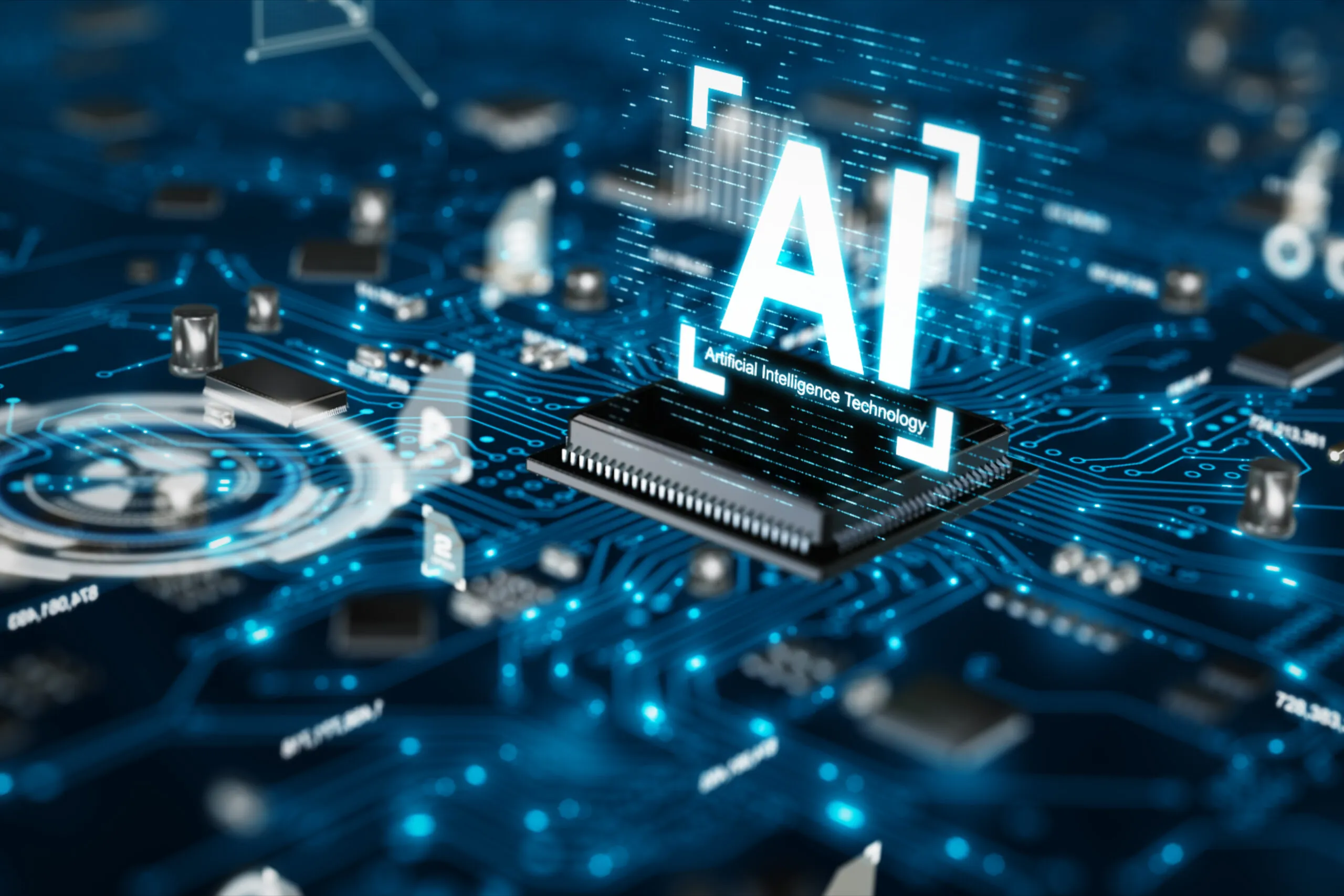The Future of Data Center Jobs and Talent in an Era of AI and Automation18 min read

While organizations seek to automate more processes, the talent pool required to manage new AI capabilities within the data center is somewhat shallow. Some fear their jobs may be on the chopping block as AI and automation gain ground. Yes, there will be some losses, but there will also be gains. One thing is certain – change.
Douglas J. Vargo, Vice President, Emerging Technologies Practice Lead at IT consultancy CGI, believes AI and automation will significantly change the skill requirements in data centers.
“While some jobs may be automated, new roles may emerge that require prompt engineering, advanced IT and programming skills,” he said. “Workers with strong data and digital skills will have a greater ability to adapt to and use AI at work.”
Let’s look at some of the areas where AI will take away functions and some areas where it will add new positions and responsibilities.
Infrastructure Needed
What is often missed in views of an AI future is just how much more infrastructure will be required to support AI workloads. Existing data centers running AI workloads will need to become a lot denser. A great many more new data centers will need built to provide AI services wherever and whenever they are needed.
“Data centers will play a crucial role in facilitating AI by providing the vast computing resources and data storage/orchestration required for AI,” said Vargo. “As AI continues to evolve, data centers will need to adapt to handle increasing data storage and processing requirements, which will lead to advancements in automation, system reliability, energy efficiency, and security.”
The consumer versions of AI such as ChatGPT that have proliferated are creating demand for enterprise equivalents. The generative AI models used by ChatGPT and others are huge. But foundation models are emerging that are used for more specialized tasks. Some will be tailored specifically to data center monitoring and maintenance. These models can be trained over time and fine tuned to do exactly what a data center manager wants such as noting when hardware components need replaced, when firmware is due an update, patch installation and more.
Thus, many current areas of data center grunt-work will disappear. Automation will take care of perhaps two-thirds of current labor-intensive tasks, making it easier for personnel to do more with less. Rather than losing jobs, it is more likely to be the case that the bigger and far denser data centers required for AI will need as many and probably a lot more people than are currently employed today. But roles will change and the days are numbered of going from server to server with checklists.
New Roles
Such tasks will be replaced with new functions, some of which have scarcely been envisioned. Just as self-driving cars will need fleet managers who can use AI to manage operations and optimize routes, data centers see roles appear such as drone operators to maintain underwater or even oceanic server farms.
Data center personnel, then, should welcome what AI and automation are likely to bring. And according to the 2023 Kelly Global Re:work Report, most employees are embracing them. 71% say automation is positive for business performance and 33% say it has been positive for employees. 61% believe that automating repeatable tasks will free them up for more meaningful work and upskilling opportunities.
The report also found that most organizations do not have mature skill sets (AI prompt engineering, data science, data analysis, AI ethics, modeling) required to take full advantage of gen AI. Nurturing a data center workforce equipped to build and use AI models requires hiring (which can be costly) or reskilling. Training, therefore, is recommended broadly across the organization.
Alex Statie, Vice President of Technical Education and Certification, UiPath, noted that the thoroughness of AI training matters. Those with less than 25 hours of training in AI and automation, he said, have a project success rate of less than 45%. Those with 35 or more hours of training, on the other hand, have a success rate of 80% and above.
Immediate Actions
What should data center managers be doing about AI? The first thing to realize is that AI in data center operations is still in its infancy. Daniel Bizo, Research Director, Uptime Institute Intelligence, sees the most immediate value being delivered to data center operators in areas such as optimization of cooling; health monitoring of equipment; and assistance in data hall change management through what-if modeling and recommendations.
“More automation and AI-assistance will be crucial if the industry were to keep growing at its current pace, as skills and staffing levels are increasingly strained,” said Bizo. “AI is not a threat to jobs in data centers.”
The opposite is likely to be the case. AI is going to propel the industry further both in the number and the size of data centers. AI as an IT workload in data centers will give operators and staff a lot to think about in how to plan, design and operate data centers. Some specialist AI server systems will require upgrades to power distribution and the adoption of liquid cooling to maximize efficiency and performance.
“The biggest impact will likely be in global capacity demand, as tens of thousands of powerful AI servers are expected to be deployed in the coming years,” said Bizo.
The need for AI is accelerating the development of better CPUs, GPUs and other forms of processing. It is creating new forms of memory management such as CXL. It is driving change in networking, buses and other areas of IT.
“GPUs really ramped up the progress of AI starting in 2012 when the amount of compute power rocketed,” said David Barber, Director UCL (University College London) Centre for Artificial Intelligence and UiPath Distinguished Scientist, University College London. “It would have taken 100,000 years or even longer to train AI large language models on the hardware of 25 years ago.”
Real-time monitoring, data-driven optimization.
Immersive software, innovative sensors and expert thermal services to monitor,
manage, and maximize the power and cooling infrastructure for critical
data center environments.
Real-time monitoring, data-driven optimization.
Immersive software, innovative sensors and expert thermal services to monitor, manage, and maximize the power and cooling infrastructure for critical data center environments.

Drew Robb
Writing and Editing Consultant and Contractor
0 Comments